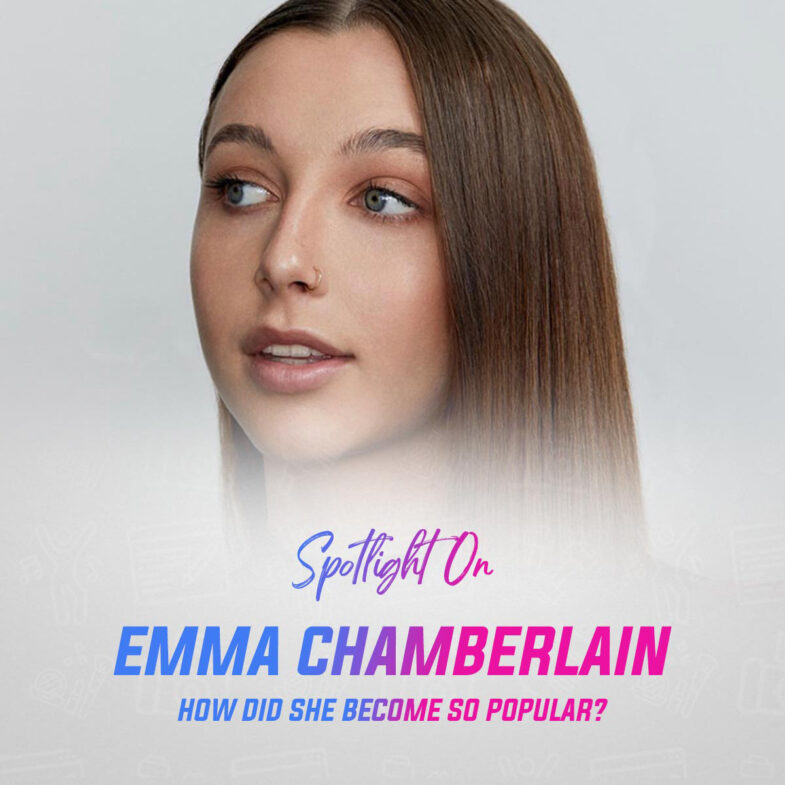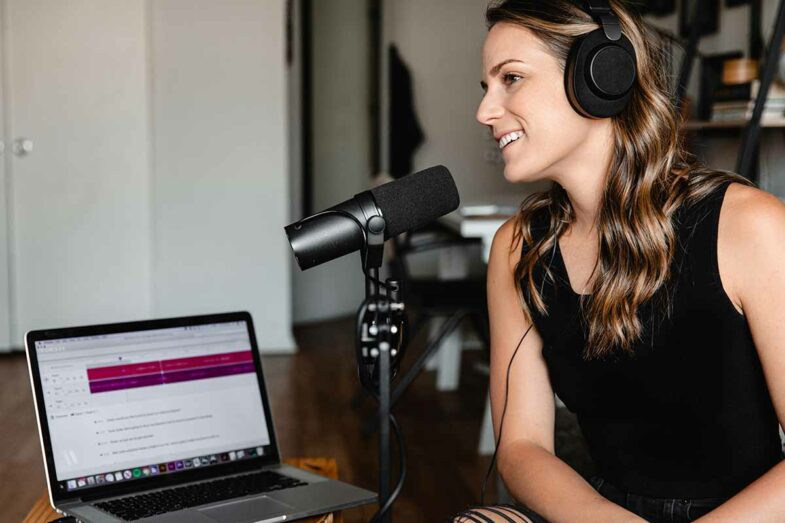Photo by Anastase Maragos on Unsplash
It’s never too late to start a YouTube channel. Even in 2021, you can still launch a successful channel and grow a loyal following.
The process of starting a channel is easy. However, to position yourself for success, you need to consider more than the basics. We’re breaking down the process, enabling you to be strategic when creating your YouTube channel.
Preliminary Steps
Before you sign up for a YouTube channel, it’s advisable to do some groundwork as these steps will determine your level of success in the short and long term.
Decide On The Right Name
When you start the process, YouTube will request that you choose a name for your channel. Because even if you have a YouTube account, that doesn’t mean you have a channel. Therefore, before you take the first step, consider what your channel name should be.
You have three choices: use your name, a business name, or a pseudonym/ alias.
Your Name
A fair amount of creators use their first and last names for their channels or a variation of their name. Think about what you’ll be posting online and whether there will be any conflicts between the content you post and your real-world interactions. If you’re applying for college or trying to secure a better job, having a YouTube channel can become an area of concern. In such an instance using a privacy-preserving option may be better.
When To Use Your Name:
You’ve established that there aren’t any conflicts
You want to create a personal brand
Your name won’t be confused with another creator
A Business Name
If you’re creating a YouTube channel to further other projects, using the same name as the brand or business is your best option.
When To Use A Business Name:
You want to promote your projects
You’re creating content that enhances your customers experience
An Alias
Some of the most popular creators use aliases, even now that they’re well-known. However, this is more a representation of the time when they initially created their account and not indicative of the current climate. Most popular creators use their first and last name, but that’s not always feasible for someone who’s starting out and still wants some security.
When To Use An Alias:
You want to maintain your privacy/anonymity
You have a name that can be confused
Your name isn’t easy to pronounce
Familiarize Yourself With YouTube Basics
Your next preliminary step is to understand the basics of YouTube. For your channel to attain any level of success it helps if you have knowledge on YouTube’s algorithm and how SEO works. For smaller channels the only hope you have of being discovered is to post content that viewers are searching for whether within YouTube or on Google.
To understand YouTube’s algorithm, you can read our post about how it works and why it’s important.
Besides knowing the algorithm, it’s also critical to understand SEO. SEO (search engine optimization) will help users find your content. It helps search engines determine how relevant your content is to a search term. The easiest way to start with SEO will be to do keyword research and include popular keywords within your content.
Having this knowledge will help you enhance content on your about page, in your video descriptions, and in your titles.
Basic Steps
Once you have your preliminary steps completed, it’s time to move onto physically creating your YouTube channel.
Create A YouTube Channel
To create a channel you first need a Google account. If you have a Google account, you can use that to create a YouTube channel, if not, you can sign up for a YouTube account. At this time you can also decide whether or not to create an account, especially for your channel. Once you have a Google account, log into YouTube with your credentials, and select create a channel. YouTube will then ask whether you want to use your name or link a brand name to your channel. If you select “choose a brand name,” you’ll be required to enter a brand name before moving on.
Create Your About Section
Every channel has an about section. This gives newcomers insight into what to expect on your channel and could convince them to subscribe. But it also can be beneficial down the line for brands and businesses who may want to collaborate as they’ll get an understanding of what you’re doing.
In your about section, create a short introduction explaining who you are and what viewers can expect on your channel.
You can also link your social media accounts in this section.
Create Your Channel Art
Channel art doesn’t seem very significant, but it helps define your brand and creates a cohesive identity online. You can use Canva to create your channel banner. YouTube recommends that your channel be 2560px width by 1440px height.
Upload Your Profile Image
This is where you’ll have an opportunity to draw in new viewers, as this is the first thing they’ll notice when visiting your profile. A well-lit, good quality image is your best bet, or you can choose to use a captivating illustration.
Find Reliable Editing Software
Editing software will make the difference between having a professional and amateur setup. Creators often focus on the type of camera you’re using when you start a YouTube channel but ignore how significant editing software is to the outcome of your videos. If you enjoy the special effects your favorite YouTubers use, most of those effects require software to accomplish.
Intermediate Steps
These are the extra steps you don’t need to do but will make your time on YouTube far easier if done at the beginning of your channel.
Find Copyright Free Music To Use
Most channels require some music, whether that’s for an intro, outro, or background music. The music you choose will impact your brand. Therefore it’s crucial to find music that isn’t generic but makes your videos more memorable.
Become Familiar With Copyright Basics
Copyright may not mean much to your account when you first start, but it’s going to be significant when it comes time to monetize your account. Not only do you want to avoid copyright claims that lead to your video being demonetized or blocks your content from being shown, but you also want to avoid copyright strikes. Because once you have three copyright strikes, YouTube will remove your account.
Focus on Hitting Your First Milestone
Subscribers is a straightforward way to measure growth on YouTube, and having a milestone will help you stay on track. Most creators mention how difficult it is to acquire the first 100 subscribers and how that is a good measure to determine how committed you are to growing your YouTube. In light of this, try getting 100 subs in the first one or two months of starting your YouTube channel.
Final Steps
Once you’ve completed all of the above, you can focus on these steps, as they’re going to help you create a cohesive channel that’s positioned for success.
Create An Intro
Your intro should be a short video (shorter than 10 seconds) that welcomes viewers to your channel. It can be an animated video that introduces you to new viewers and invites users to subscribe and like the video. You can create an intro video using any free intro maker tool available.
You don’t need an intro, but it helps to have something at the beginning of the video in case you forget to film an intro.
Create An Outro + End Cards
Your outro can be slightly longer than your intro and should include end cards that invite users to explore your other content or invite them to follow your socials. Your outros can also help you get over the 10-minute mark, which will be relevant once you begin monetizing your content.
Film A Few Videos Before Launching
Running a YouTube channel is quite exhaustive. Planning video ideas, recording, and editing can take a few hours, and when that isn’t your full-time occupation, it’s hard to justify using that time. But, when you do have a few hours to spare, you can start by recording footage. The more footage you have, the more videos you can create. You can then edit those videos and schedule them to publish according to your upload schedule.
Of course, there’s a lot more that goes into creating a successful YouTube channel, but if you’re contemplating starting a channel, these steps will give you an advantage.









